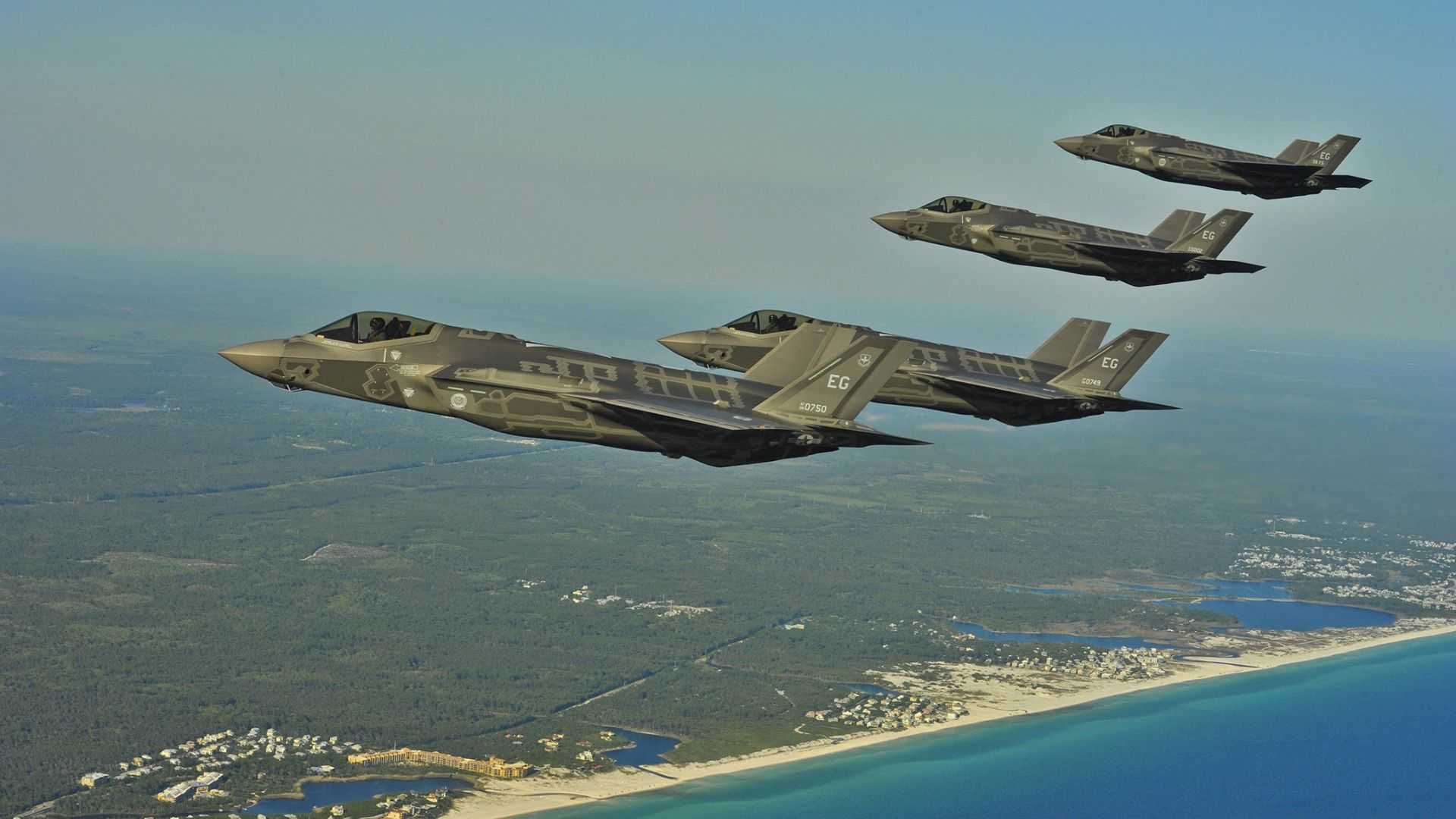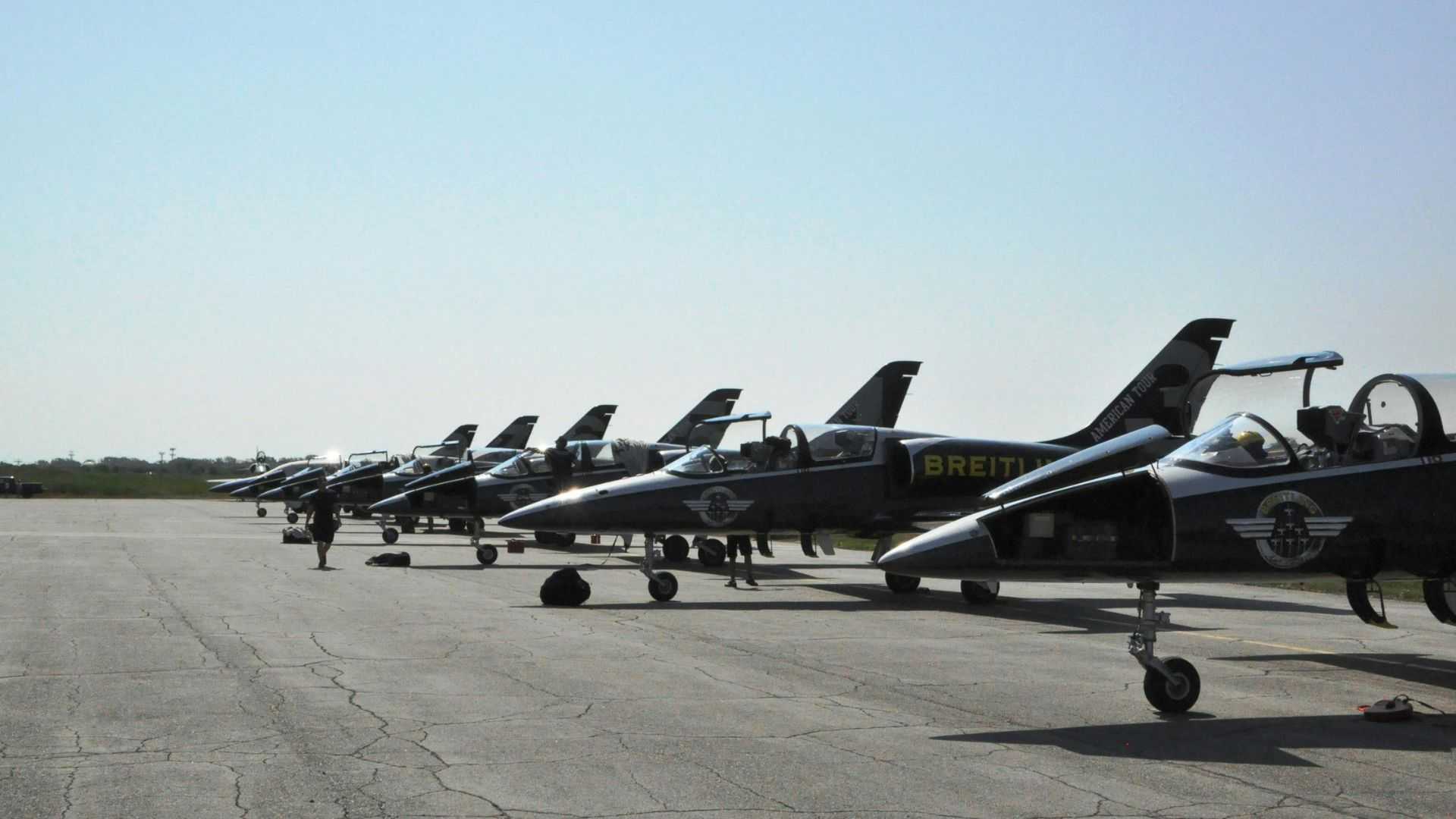Imagine a battlefield without soldiers, tanks, or visible weapons—a war fought silently through computer networks. This is not science fiction but a harsh reality in today's world. Cyberwarfare has emerged as one of the most pressing threats to global security, targeting critical infrastructure, government systems, and even personal data. How does NATO, the North Atlantic Treaty Organisation, respond to such a sophisticated and invisible challenge?
The Role of NATO Defence in Countering Cyberwarfare
In the 21st century, NATO's role has evolved far beyond conventional military alliances. The organization has developed robust mechanisms to detect, deter, and respond to cyberattacks. Cyberwarfare is not limited to hacking; it involves espionage, sabotage, and even influencing elections, making NATO's cyber defenses indispensable.
How NATO Defence Tackles Emerging Threats

NATO Defense employs a multi-faceted approach to stay prepared for the constantly changing threat landscape. These include:
Strengthening Cybersecurity Frameworks
NATO Defence recognizes that strong cybersecurity is foundational to its operations. Member countries collaborate to share intelligence and best practices, ensuring their systems are resilient. NATO's Cyber Defence Pledge, adopted in 2016, has been a game-changer. It commits nations to strengthen cyber defenses, recognizing that a breach in one member's system could impact the entire alliance.
Leveraging Advanced Technologies
Emerging technologies like artificial intelligence (AI), big data analytics, and machine learning are essential to NATO's cyber arsenal. AI-powered tools help detect unusual patterns in network traffic, identifying threats before they can cause damage. For instance, NATO Defence has deployed sophisticated intrusion detection systems to monitor critical infrastructure continuously.
Rapid Response Teams for Immediate Action
Time is critical in cyber warfare. NATO's Cyber Rapid Reaction Teams (CRRTs) are specially trained to respond to cyberattacks swiftly. These teams work around the clock, assisting member nations during crises. The ability to react quickly minimizes the impact of cyber incidents, ensuring operations and services continue uninterrupted.
Collaborative Defence in the Digital Era

One of NATO's greatest strengths lies in its unity. Cyberwarfare knows no borders, and NATO Defence ensures a collaborative response across member states.
Joint Training and Exercises
NATO conducts regular cyber defense exercises to keep all member nations on the same page. One notable event is the annual "Cyber Coalition" exercise, which tests the alliance's ability to counter complex cyberattacks. Such training sessions improve coordination and provide valuable insights into evolving cyber threats.
Partnerships Beyond Borders
NATO also partners with international organizations, private tech firms, and academia to bolster its cyber capabilities. These collaborations enhance innovation and allow the alliance to stay ahead of adversaries who constantly adapt their tactics.
Challenges Faced by NATO Defence in Cyberwarfare
While NATO has made significant strides in cyber defense, the road ahead is challenging.
- Complex and Evolving Threats: Cyber adversaries often use sophisticated techniques, making it challenging to identify and counteract them in real-time.
- Resource Disparities Among Members: Some NATO members have advanced cyber infrastructures, while others are still developing their capabilities, creating gaps in the defense system.
- Attribution Issues: Pinpointing the source of a cyberattack is notoriously difficult. NATO must tread carefully to avoid escalating conflicts with false accusations.
As the digital frontier becomes the new battleground, NATO Defence remains committed to safeguarding its member nations from cyber warfare threats. NATO can defend itself against even the most complex threats by investing in new technologies, encouraging people to work together, and always changing to deal with new risks.
Cyberwarfare is a silent enemy, but NATO's unified and innovative approach ensures it is not a victorious one. Together, the alliance is a testament to the power of collective defense in an ever-connected world.
FAQ'S
Q1: What is NATO's primary strategy to combat cyberwarfare?
NATO employs a multi-faceted approach to combat cyberwarfare, including strengthening cybersecurity frameworks, deploying advanced technologies like AI, conducting regular training exercises, and fostering collaboration among member states and international partners.
Q2: How does NATO support its member nations during a cyberattack?
NATO has Cyber Rapid Reaction Teams (CRRTs) that assist member nations in responding to and mitigating cyberattacks. These teams are equipped to provide immediate support, investigate incidents, and secure affected systems to minimize damage.
Q3: What role do training exercises play in NATO's cyber defense strategy?
Training exercises like NATO's annual "Cyber Coalition" help test and improve the alliance's ability to handle complex cyberattacks. These exercises enhance coordination between member nations, improve response times, and provide insights into evolving threats.
Q4: How does NATO collaborate with external organizations for cyber defense?
NATO partners with international organizations, private tech firms, and academic institutions to stay ahead in cyber defense. These partnerships enable knowledge sharing, innovation, and the development of advanced technologies to counter sophisticated cyber threats.
Q5: What are the main challenges NATO faces in defending against cyberwarfare?
Some key challenges include the rapidly evolving nature of cyber threats, resource disparities among member nations, and difficulties attributing cyberattacks to specific actors, which can complicate responses and diplomatic actions.














